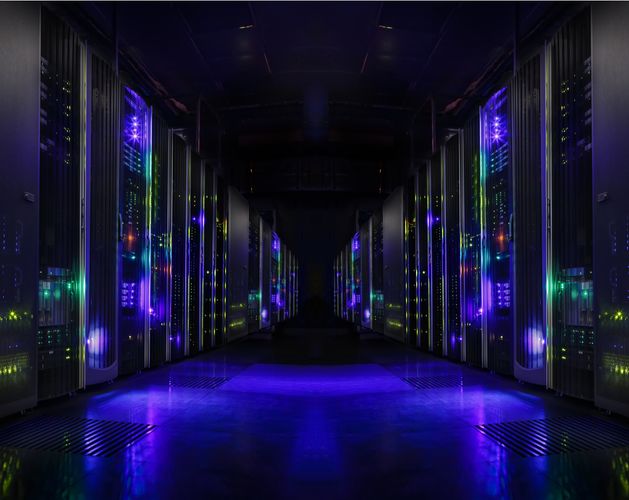Amazon’s public cloud (AWS) is a business powerhouse, that’s not news. It continues to drive Amazon’s revenue diversification and profits, reporting its biggest year-on-year revenue gain in its history during Q4 2021 – up 40% to a staggering $17.8 billion. This might be news, but by now it’s hardly surprising.
Amazon plans to extend life of servers and networking equipment
But while the financial performance of AWS consistently tops analysts’ estimates, making the unbelievable somewhat predictable, what came as a surprise to some was an announcement by Amazon’s Chief Financial Officer, Brian Olsavsky, on the company’s plans to extend the ‘useful life’ of its servers and networking equipment.
AWS is pushing to lower its asset depreciation expenses to get an extra year out of the hardware housed in its datacentres. The firm said it plans to extend the useful life of its servers from four years to five, and its networking equipment from five years to six in the future. And it expects to save a billion dollars next quarter as a result – although these gains will get smaller over time.
His announcement came soon after Google Cloud Platform (GCP) made similar commitments, booking $2.6 billion of depreciation savings as a result, marking an important shift in how the leading public cloud providers operate.
Hyperscalers set another path for others to follow
What’s clear is both AWS and GCP are setting a new precedent in the cloud market that many organisations will likely follow. And for good reason; it’s profitable and it’s possible. If organisations whose lifeblood is their infrastructure can delay the expensive refresh thereof, then surely it will be an even greater consideration for many others too.
The fact that these announcements are possible speaks to the accelerated development in hardware and software technologies that we’ve seen over recent years. And, importantly, they also reflect the times in which we live, where supply chain risks are growing, organisations battle to control their technology expenditure, and the sustainability agenda becoming central to business decision making.
The issue of supply chain component and chip shortages is plaguing IT organisations by creating huge delays in the availability of hardware globally. By sweating assets for longer, AWS and GCP will be reducing their exposure to risk from external factors that remain largely out of their control.
Other organisations following this lead through extended support and service offerings may also benefit from reduced capital expenditure and potentially increased flexibility and control of cash flow. But, perhaps most importantly, the announcements mark a progressive leap forward in placing sustainability at the centre of the cloud industry – and digital strategies.
A third factor in the drive to extend the lifecycle of technology is to reduce the time that IT organisations have to commit to the refresh of infrastructure. Time which can instead be spent engaging with business leaders, understanding the opportunity of IT to differentiate the organisation, and invoking tangible change; change that IT users and indeed their customers will realise.
Finally, and perhaps most obviously, the cost savings realised as a result of delayed investment can be realigned to other projects, or invaluable increased agility in the financial year ahead.
GCP and AWS are leading by example as two of the largest organisations in the world. It signals to others that if they can extend the useful lifecycles of their hardware, then it may be a very real possibility for others too.
Softcat can help
To find out more about how Softcat’s support services may be able to help you realise these benefits, please get in touch.

